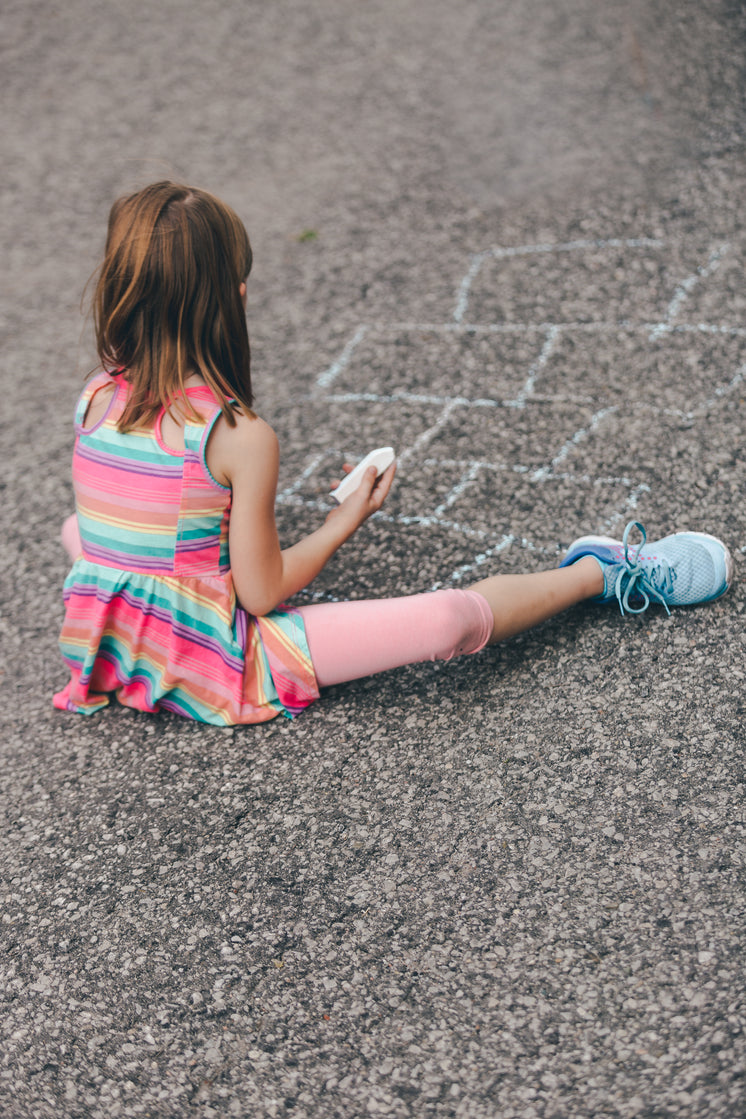Exploring the World of Color Influence
페이지 정보

본문
At its core, color theory is based on the principle that different colors can evoke distinct emotional responses in people. This is often referred to as the "emotional index", which varies across cultures and individuals. For instance, while the color red is often associated with passion and excitement in Western cultures, it's considered a symbol of good luck in many Eastern cultures.
One of the key aspects of color theory is the color wheel, which is a circular representation of colors arranged in a specific order. The color wheel is divided into primary colors (red, blue, and yellow), secondary colors (orange, green, and violet), and tertiary colors (colors created by mixing primary and secondary colors). By understanding how colors interact on the color wheel, artists and designers can create coordinated color designs that evoke specific emotions and moods.
Red is often seen as a striking color that can stimulate the senses and evoke feelings of love, power, and love. Warm reds, in particular, can create a sense of warmth, while cool reds can convey a sense of confidence. Conversely, red can also be associated with negative emotions like aggression, especially when used in excess or in a dominant manner.

On the other hand, blue is often linked to serenity and trustworthiness. Blues can range from hopeful to somber, each conveying different emotional connotations. For example, light blue is often associated with happiness, while Navy blue can convey feelings of steadfastness.
Green, a balancing color, is often linked to renewal. It can evoke feelings of rejuvenation, progress, and renewal. Dark greens can create a sense of mystery, while light greens can convey a sense of innocence.
Yellow is a color that can evoke feelings of happiness. Bright yellows can stimulate the senses and create a sense of enthusiasm, while muted yellows can convey a sense of comfort. However, yellow can also be associated with warning, as seen in traffic lights.
Color theory also emphasizes the importance of color coordination, which is achieved by using colors that work well together in terms of value. There are several principles of color alignment, including uniform color palettes, which feature different shades of the same color, and complementary color schemes, which pair colors that are contrasting each other on the color wheel.
In conclusion, color theory is a powerful tool for artists, designers, and anyone interested in creative expression. By understanding how colors interact and affect human emotions, individuals can create works of art that evoke specific moods and emotions. Whether you're a experienced designer, or just starting out, exploring color theory can help you unlock the secrets of the color code and create art that truly speaks to the soul.
- 이전글Want to Win the Science Olympiad? 25.05.21
- 다음글Rethinking Artism 25.05.21
댓글목록
등록된 댓글이 없습니다.